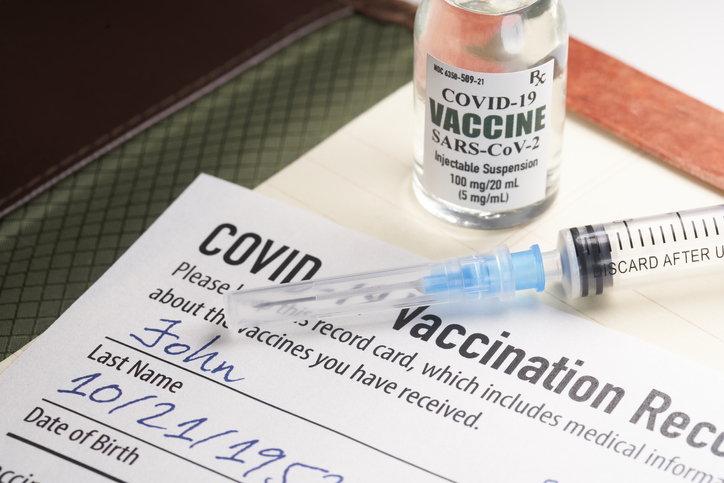Editor’s note: Roy Eduardo Kokoyachuk is co-founder and principal of Los Angeles-based research firm ThinkNow.
In March 2021, when the U.S. COVID-19 vaccination effort was ramping up, we published a report measuring national attitudes toward the COVID-19 vaccine and differences in vaccine acceptance by ethnicity. At that time, Asian Americans were most likely to say they would get the vaccine, while Black Americans were least likely. Hispanic Americans were nearly as likely as Asian Americans to say they would get vaccinated but were lagging behind other groups in actually getting vaccinated at that time.
Intent vs. actual vaccination
Now that we have a few months of mass vaccinations behind us, we thought it would be interesting to compare previously stated vaccination intent to actual vaccination rates (Figure 1).

Source: ThinkNow: COVID-19 Vaccine Report March 2021, U.S. Census Bureau: Annual Estimates of 12 years and over Population 2019, CDC: https://covid.cdc.gov/covid-data-tracker/#vaccination-demographic June 9, 2021
The gap between wanting a vaccine and getting one varies considerably by race. The fact that white Americans are more likely to be vaccinated than Hispanic Americans, even though they’re less likely to want a vaccine, is troubling. Eighty-six percent of white Americans who said they wanted a vaccine in March 2021 had at least one dose by June, whereas only 69% of Hispanic Americans who stated they wanted a vaccine in March had been able to get one.
Black Americans had a lower interest in getting vaccinated in the spring and, at 45%, have the lowest vaccination rate of any group. However, 76% of Black Americans who wanted to get vaccinated were able to achieve that goal. Asian Americans are leading the way in both a desire to get vaccinated and doing so, but they too are behind white Americans in that only 78% of Asian Americans who wanted a vaccine got one.
Access and culture
The U.S. is now awash in COVID-19 vaccines. So why are minorities who wanted to get vaccinated less likely to do so? The short answer: access and culture. Announcing that vaccines are available falls short of making them accessible. For example, some settings are not convenient for people who can’t get off work and care for children or family members in the evenings.
Moreover, the initial U.S. rollout of vaccines clashed with cultural values held by minorities, especially Hispanics, who often wait for an authority figure such as their doctor to tell them it’s their turn instead of proactively securing an appointment. And Black Americans, scarred by generations of unethical medical treatment, are often still seeking affirmation of vaccine safety.
Making progress
Fortunately, the tide is turning in many states that initially did a poor job of vaccinating minorities. Between March 1 and June 7 Washington, D.C., where 46% of the population is Black, increased vaccinations in Black communities from 26% to 41%. California, Florida, Nevada and Texas increased vaccinations among Hispanics by at least 10% during that same period. These states used strategies like moving vaccination sites to smaller venues within minority neighborhoods, having evening and weekend hours, and tapping into religious and community networks to achieve these milestones.
Navigating the process
The COVID-19 pandemic has revealed inequities in our health care system. U.S. health care is very good at delivering paid services to people with good insurance and high socioeconomic status. However, it is not surprising that segments of our population with low participation in the health care system have found it difficult to navigate the vaccination process. This is especially problematic for essential workers who are disproportionately people of color with less health care access. Lessons learned over this past year and a half about increasing equitable health care access must be incorporated into our public health system so that good health care is finally available to all Americans which can reduce the severity of future pandemics.
